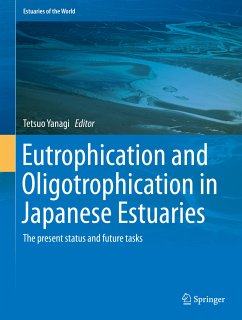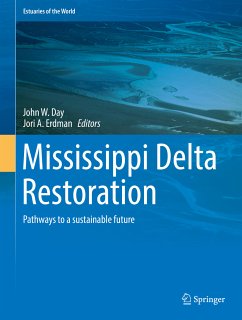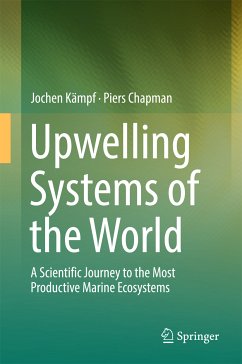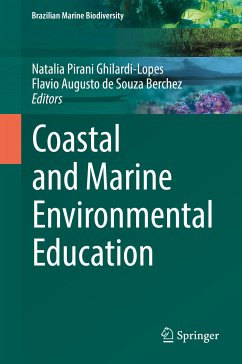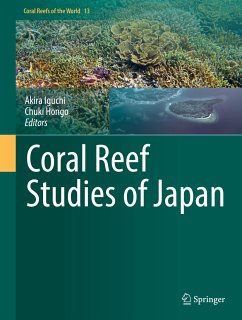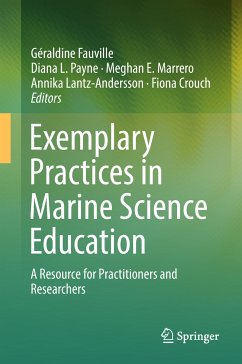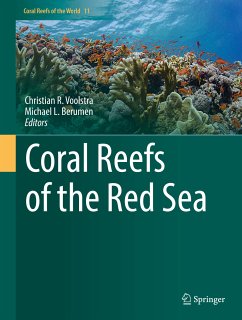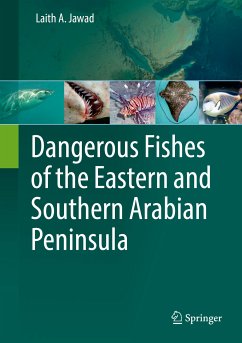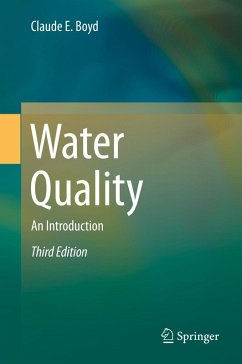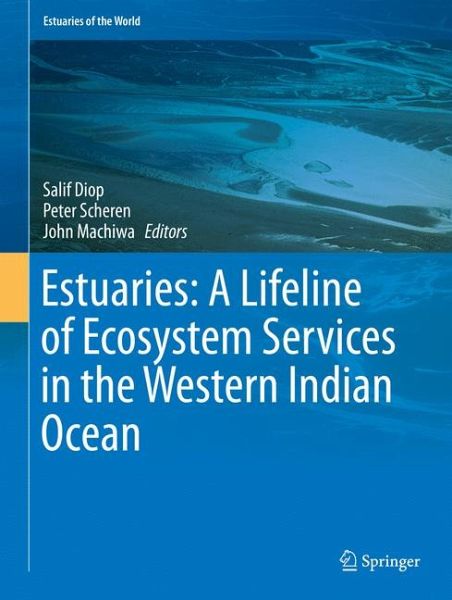
Estuaries: A Lifeline of Ecosystem Services in the Western Indian Ocean (eBook, PDF)
Versandkostenfrei!
Sofort per Download lieferbar
72,95 €
inkl. MwSt.
Weitere Ausgaben:

PAYBACK Punkte
36 °P sammeln!
This book provides recent environmental, ecological and hydrodynamic information for the major estuaries and the coastal marine systems of the Western Indian Ocean Region. It covers various functions and values of the region's estuarine ecosystems and their respective habitats, including the land/ocean interactions that define and impact ecosystem services. The Western Indian Ocean region covered by this volume consists of the continental coastal states of Kenya, Mozambique, South Africa and Tanzania and the island states of Madagascar, Mauritius, Seychelles and Comoros.
Dieser Download kann aus rechtlichen Gründen nur mit Rechnungsadresse in A, B, BG, CY, CZ, D, DK, EW, E, FIN, F, GR, HR, H, IRL, I, LT, L, LR, M, NL, PL, P, R, S, SLO, SK ausgeliefert werden.



